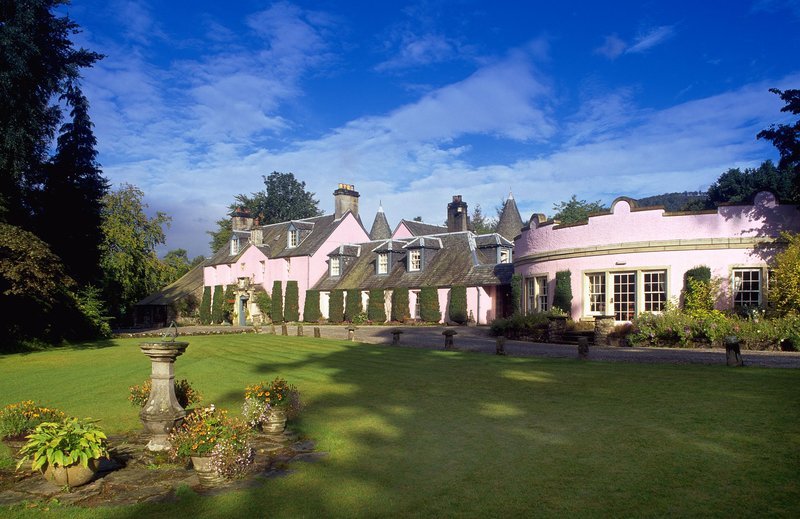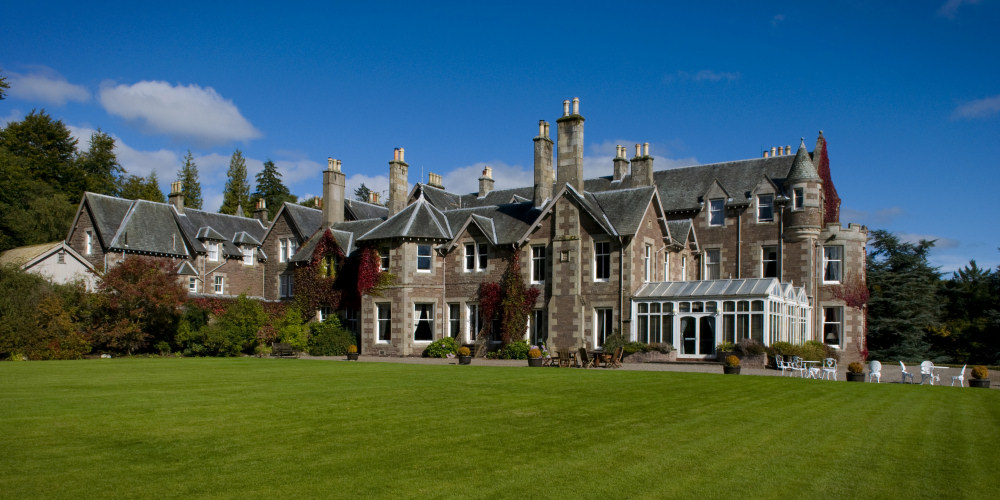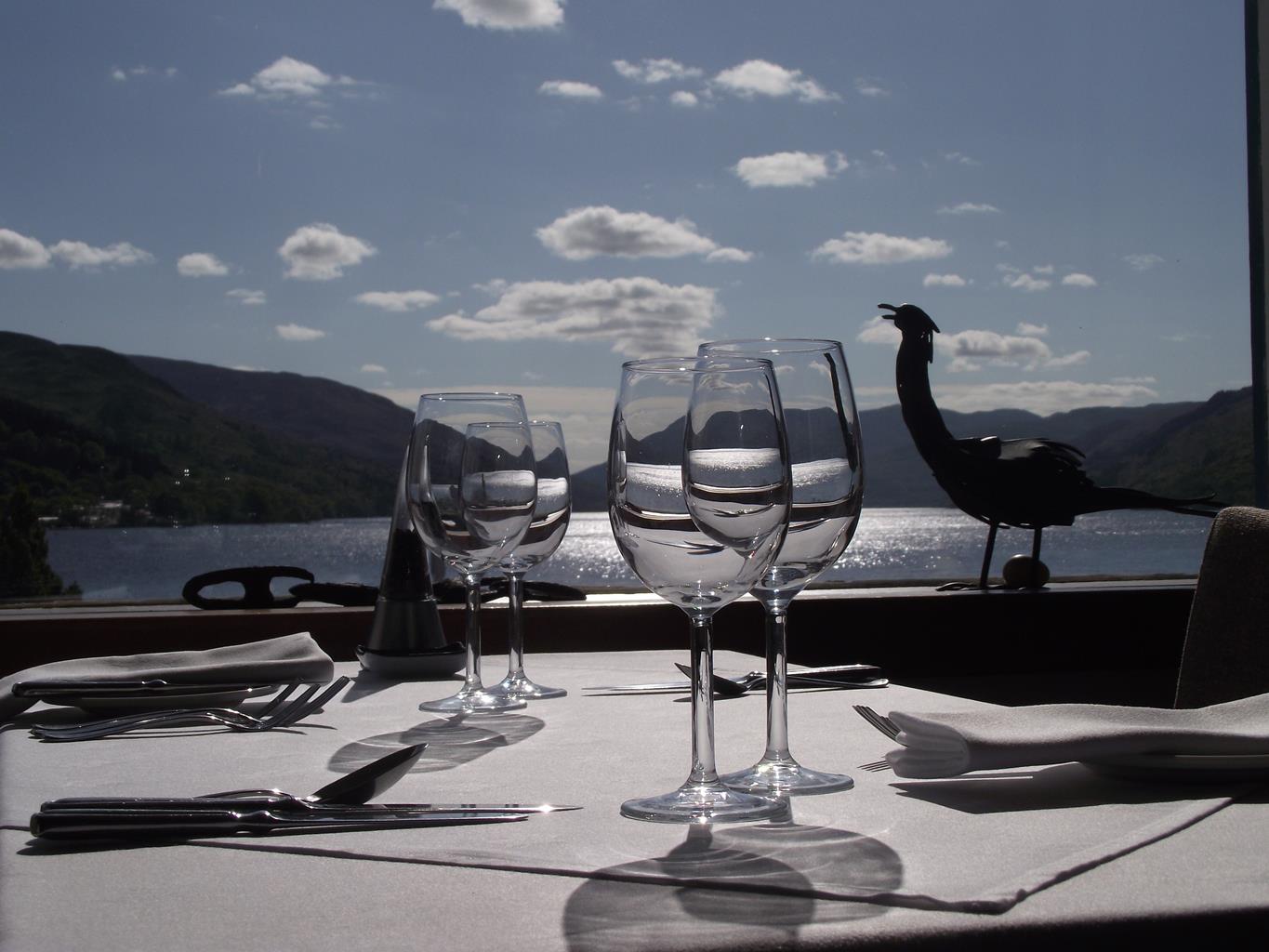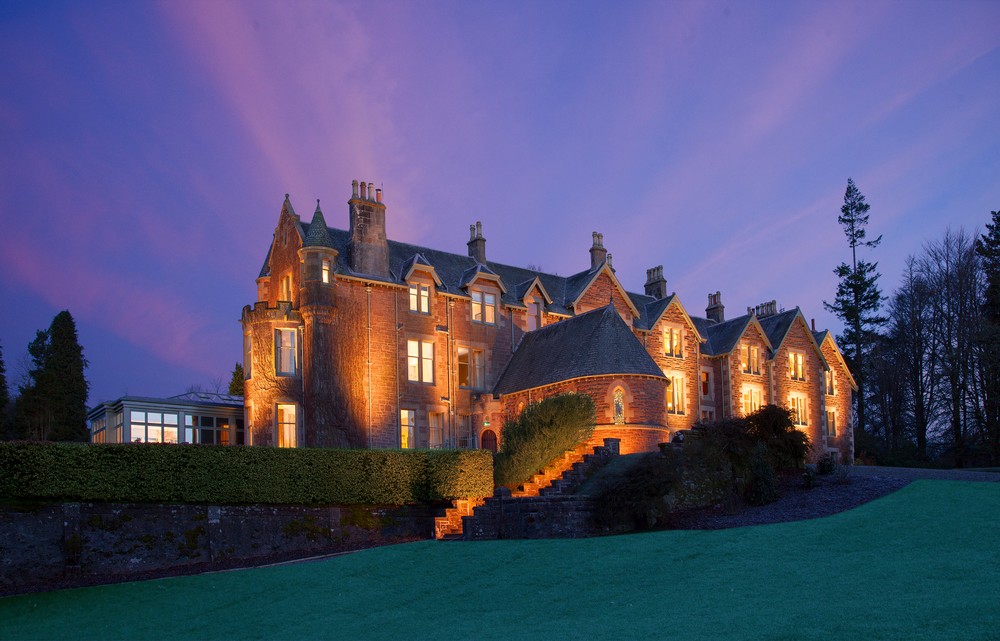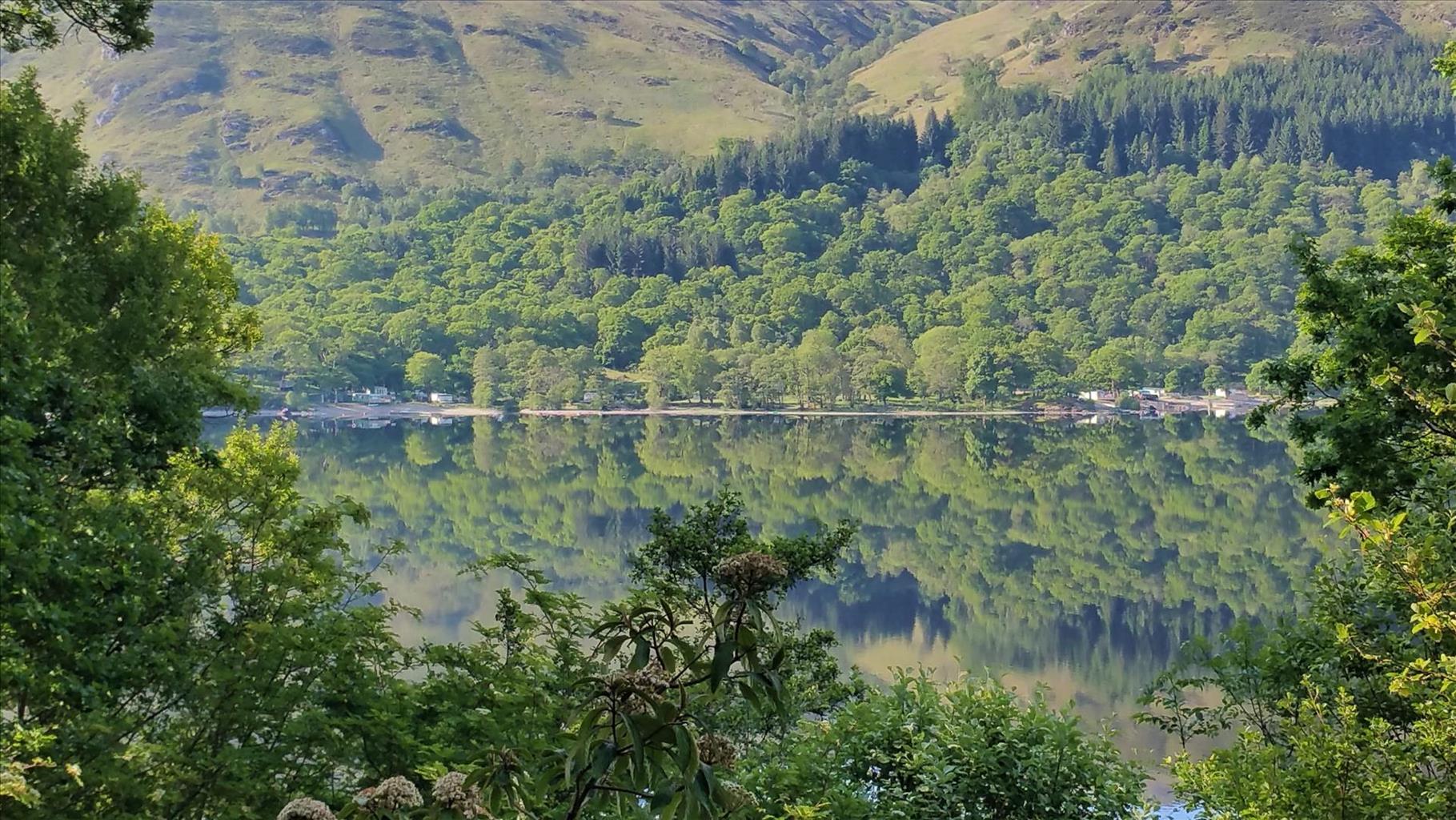Built in the 17th century and originally used as a shooting lodge, this charming country house…
Pursuing Rob Roy at Callander

4 miles (6.4kms)
About the walk
As you climb through the trees and around the crags above Callander, it's easy to imagine yourself back in the late 17th century, when Rob Roy and his clansmen lived as outlaws in the heart of the Trossachs. His name has for centuries been tied up with myth and legend, and has inspired authors and film makers – including Sir Walter Scott, who wrote a romantic account of his life in his eponymous novel of 1818. For some, Rob Roy is a Highland hero, for others a notorious cattle thief – whatever the truth behind the myth, he is certainly one of the most colourful characters in Scottish history.
The wicked Clan Gregor
Rob Roy (the Gaelic for 'Red Robert') was more properly known as Robert MacGregor. Born in 1671, he was the son of Donald MacGregor of Glengyle. This clan – the 'wicked Clan Gregor' – had been outlawed in 1603, and was known as 'the nameless clan' as they were even forbidden to use their name. The MacGregors had a violent reputation, for they defended their lands and cattle vigorously against assaults from neighbouring clans. These included the rival Campbells, who acted as government agents.
Rob Roy, living as a cattle herder in Balquhidder, kept an armed band of men to protect him and his cattle – and offered their services to neighbours who paid him protection money. He began to extend his influence and eventually made a claim to be the chief of the clan.
In 1712, Rob Roy borrowed money from the Duke of Montrose for a speculative cattle deal, and then suffered heavy financial losses, which caused a terrible rift between the two men. Rob Roy's lands were seized, his properties plundered and his wife and children were turned out of their home in the middle of winter. These were already troubled times, for the Jacobite rebellion had begun in 1689 and there were frequent battles between government forces and the supporters of James. Rob Roy, who had fought on the Jacobite side at Sheriffmuir, now gathered his clansmen and took revenge on the Duke of Montrose, a supporter of the government.
Loved by the good
As a result, Rob Roy was outlawed, and stories began to appear about his dramatic escapes from his pursuers. He even began to be seen as a sort of Robin Hood figure, generously helping the poor by stealing from the rich. Local people would help him and warn him if troops were in the area. However, Rob Roy's luck didn't last – he was captured in 1727 and sentenced to transportation. He was later pardoned and went back to Balquhidder, where he seems to have settled down and lived quietly for the rest of his life. He died in 1734 and is buried in Balquhidder churchyard.
Walk directions
From the Riverside car park, walk back to the main road and turn left. Follow this, then turn right along Tulipan Crescent. Just in front of some modern flats, turn left and follow the wide track. Where the track splits, take the path on the left, signposted 'The Crags'.
The path now winds steeply uphill through the trees and can get slippery if there's been a lot of rain. Keep following the path and cross a footbridge. Climb to reach a wall on the left-hand side, after which the path narrows. Follow along it to pass a large boulder.
Continue following the path, which eventually bears left up some steps to a fence. Cross another footbridge, scramble over some rocks and go through a metal kissing gate. You eventually come to a memorial cairn, created in 1897 for Queen Victoria's Diamond Jubilee. On a clear day there are stunning panoramic views of the surrounding countryside from here.
Leaving the cairn, the path now begins to wind downhill. It's rocky in places and you'll need to take some care as you descend. Follow the path down to the road.
Turn right along the road – you'll see the Wallace Monument near Stirling in the far distance. Soon pass a sign on the right-hand side for the Red Well, where the water runs a distinctly reddish colour owing to the presence of iron traces in the local rock. Continue until you reach a car park on your left. You can make a detour here to see the Bracklyn Falls.
After the car park, stay on the road for a few paces, passing a track up to a reservoir on your right, then turn right into the Forestry Commission car park (signposted 'The Crags').
Continue ahead through a car park onto a broad Forestry Commission track. Pass a telecommunications mast. At the end of the track, turn left and then walk downhill to reach a wooden seat and a footbridge.
Take the path that runs to the right of the seat (don't cross the footbridge). Follow the path as it runs downhill and takes you back to the place at which you entered the woods. Turn right, then go left along the main road and walk back into Callander to the car park at the start of the walk.
Additional information
Forest tracks and some rocky paths, may be slippery and muddy
Mixed woodlands, great views of hills and lochs
Can run free; steep climb and crags might not suit some
OS Explorer 365 The Trossachs
Riverside car park
Callander
WALKING IN SAFETY
Read our tips to look after yourself and the environment when following this walk.
Find out more
Also in the area
About the area
Discover Stirling
Nearby stays
Restaurants and Pubs
Nearby experiences
Recommended things to do
Why choose Rated Trips?
Your trusted guide to rated places across the UK
The best coverage
Discover more than 15,000 professionally rated places to stay, eat and visit from across the UK and Ireland.
Quality assured
Choose a place to stay safe in the knowledge that it has been expertly assessed by trained assessors.
Plan your next trip
Search by location or the type of place you're visiting to find your next ideal holiday experience.
Travel inspiration
Read our articles, city guides and recommended things to do for inspiration. We're here to help you explore the UK.


